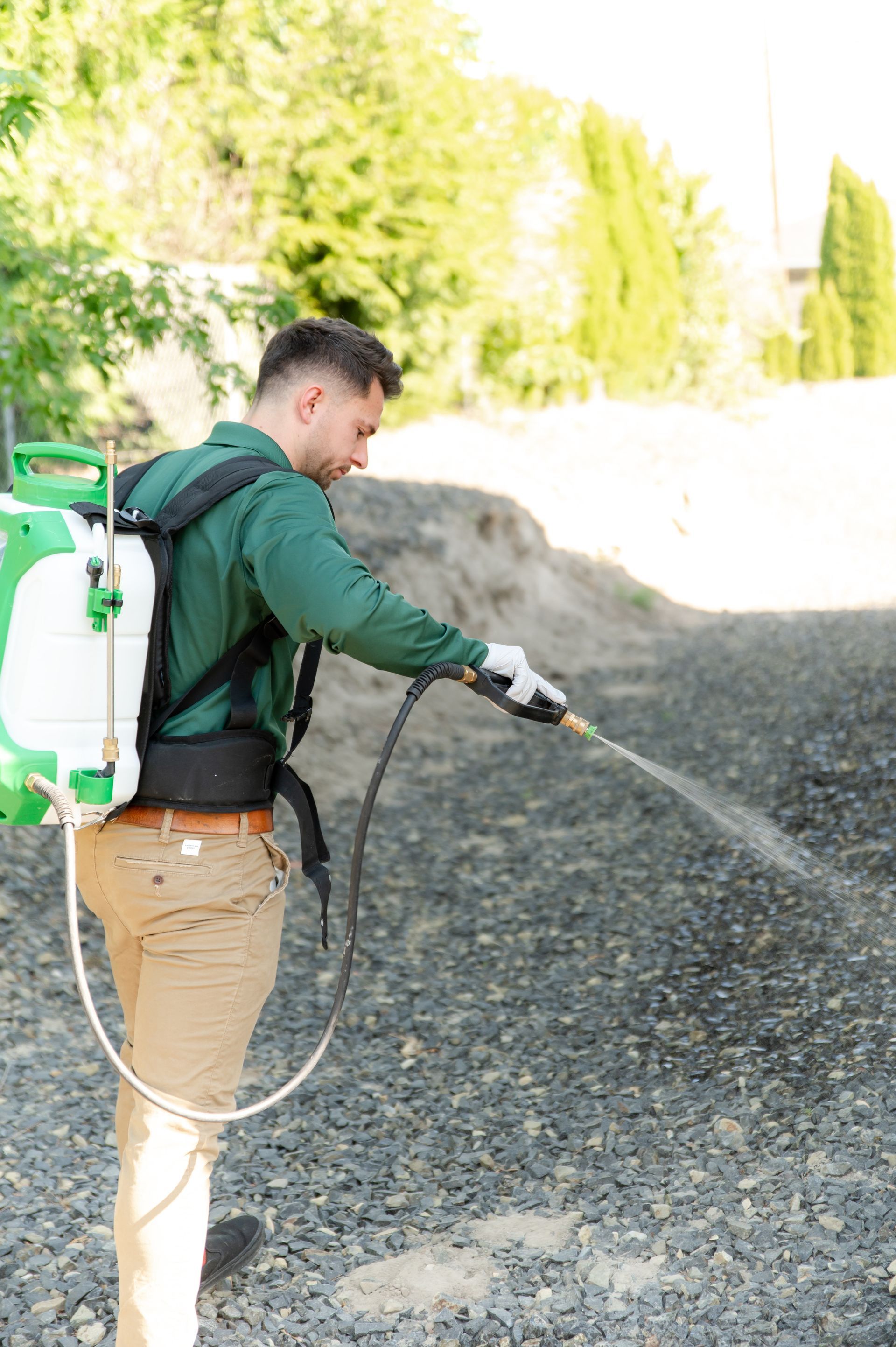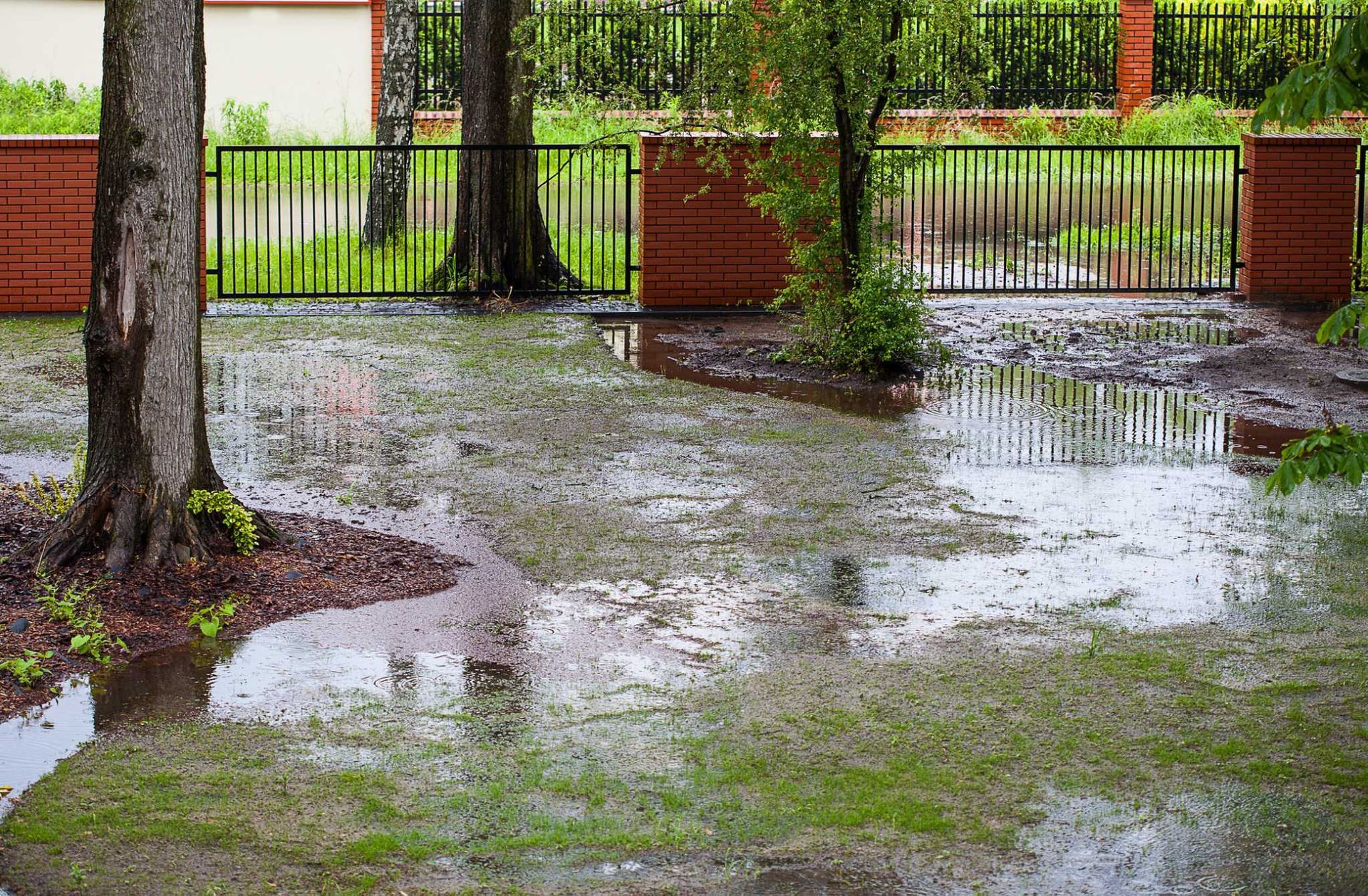Keep European Fire Ants Out with Bamboo
European fire ants may be small, but they can pack a painful punch...literally. These aggressive, stinging ants have been popping up more frequently around Bellevue, especially in areas with moist soil and dense vegetation. While they may not be as notorious as their southern cousins, the European fire ant is quickly earning a bad reputation for disrupting local ecosystems and making yards unusable.
If you’re a Bellevue homeowner, gardener, or pet owner, this guide will help you understand how to identify European fire ants and what steps you can take to prevent or control an infestation. As a top-rated
pest control provider in the region, we'll help you take swift, effective action to lock out European fire ants and protect your property year-round.
Get A Quote
Message Us!
We will get back to you as soon as possible.
Please try again later.
What Are European Fire Ants?
European fire ants, also known as Myrmica rubra, are an invasive species originally from Northern Europe and parts of Asia. Unlike the fire ants commonly found in the southern U.S., these pests thrive in cooler, moist climates, making Bellevue’s environment ideal for them to spread.
They were first spotted in the Seattle area near Lake Washington, and since then, sightings have increased throughout the region. These ants don’t build large, noticeable mounds. Instead, they nest in hidden spots like under rocks, logs, leaf litter, and even potted plants. That makes them tough to spot. At least until someone gets stung.
How to Identify European Fire Ants
At first glance, you might confuse European fire ants with regular red ants. But a closer look reveals key differences.
Worker ants are about 1/5 to 1/4 inch long and reddish-brown in color. Their bodies have two backward-pointing spines on the middle section and a distinctly segmented waist. The queen is slightly larger, close to 1/2 inch, and looks similar in color and shape.
Unlike many native ant species in Bellevue, these ants are quick to swarm when disturbed. Their sting can cause painful, itchy welts that last for hours, and they often sting multiple times.

Where You’re Likely to Find Fire Ants in Bellevue
European fire ants love moisture. That means Bellevue’s gardens, shaded lawns, parks, and even backyard flower beds are perfect habitats. They prefer spots with high humidity and cover, like under yard debris, mulch, or overgrown vegetation.
You might not even know they’re there until you unknowingly disturb a colony. These ants don’t create visible mounds. Instead, they camouflage their nests in shaded, damp places, making detection tricky until someone accidentally brushes against them or steps nearby.

Why They’re a Problem for Bellevue Residents
Aside from the painful stings, European fire ants can make it difficult to enjoy your outdoor space. They tend to build dense colonies and often have multiple queens, allowing their population to grow rapidly.
But the threat doesn’t stop at physical discomfort. These ants also displace native ant species and disrupt the local ecosystem. They protect aphids and other insects that damage plants and compete with local pollinators for nectar. Over time, this can lead to an increase in harmful pests and a decline in beneficial insects like bees and butterflies.
How Do These Pests Spread?
One of the biggest challenges with European fire ants is how easily they spread. They often hitch rides in soil, potted plants, mulch, and even gardening tools. In many cases, new infestations start because someone unknowingly transported contaminated materials.
In Bellevue, where gardening is a popular pastime and landscaping often includes mulch or wood chips, the chances of unintentional spread are high. Once introduced, colonies can fragment and spread to nearby areas, forming satellite nests that work together to sustain the population.

Tips to Prevent and Control Fire Ant Infestations
Controlling European fire ants in Bellevue requires a proactive and strategic approach.
Here are some ways to reduce the risk of infestation:
- Inspect soil and plants before bringing them home. If you're purchasing potted plants or soil, check for signs of ant activity first.
- Keep your yard dry when possible. These ants thrive in moisture, so limit watering and avoid overwatering lawns and flower beds.
- Remove yard debris regularly. Clear out logs, leaf piles, and old mulch that could shelter ants.
- Seal cracks and entry points around your home’s foundation and exterior walls to keep ants from getting inside.
- Avoid creating pest-friendly environments. Clean up fallen fruit, compost, or food waste that might attract ants or the aphids they protect.
For ongoing problems, using targeted bait or barrier treatments may help, but working closely with pest control specialists in Bellevue is often the most effective solution.
When to Call a Bellevue Pest Control Expert
Because European fire ant colonies can be widespread and hard to spot, DIY methods don’t always cut it. If you’re getting stung or noticing ant activity in your yard and can’t pinpoint the source, it’s time to call in professional ant control.
At
Bamboo Pest Control, we specialize in handling invasive pests like European fire ants using eco-conscious treatments that protect your family, pets, and the environment. We understand the specific challenges Bellevue residents face and tailor our approach to fit your property and your needs.
Don’t Let Fire Ants Take Over Your Yard
European fire ants are a growing problem in Bellevue that needs to be taken seriously. With the right information and expert help, you can reclaim your outdoor space and protect your home.
If you suspect fire ants on your property, contact us today and we’ll help you identify the problem and stop the infestation before it gets out of hand.




